While building a company website, most people focus on design and user-friendliness and tend to forget about the technical side of things. So to make sure you do not make the same mistake, here are five technical details to remember while building your company’s website.
#1 Get Shared or Dedicated SSD Hosting
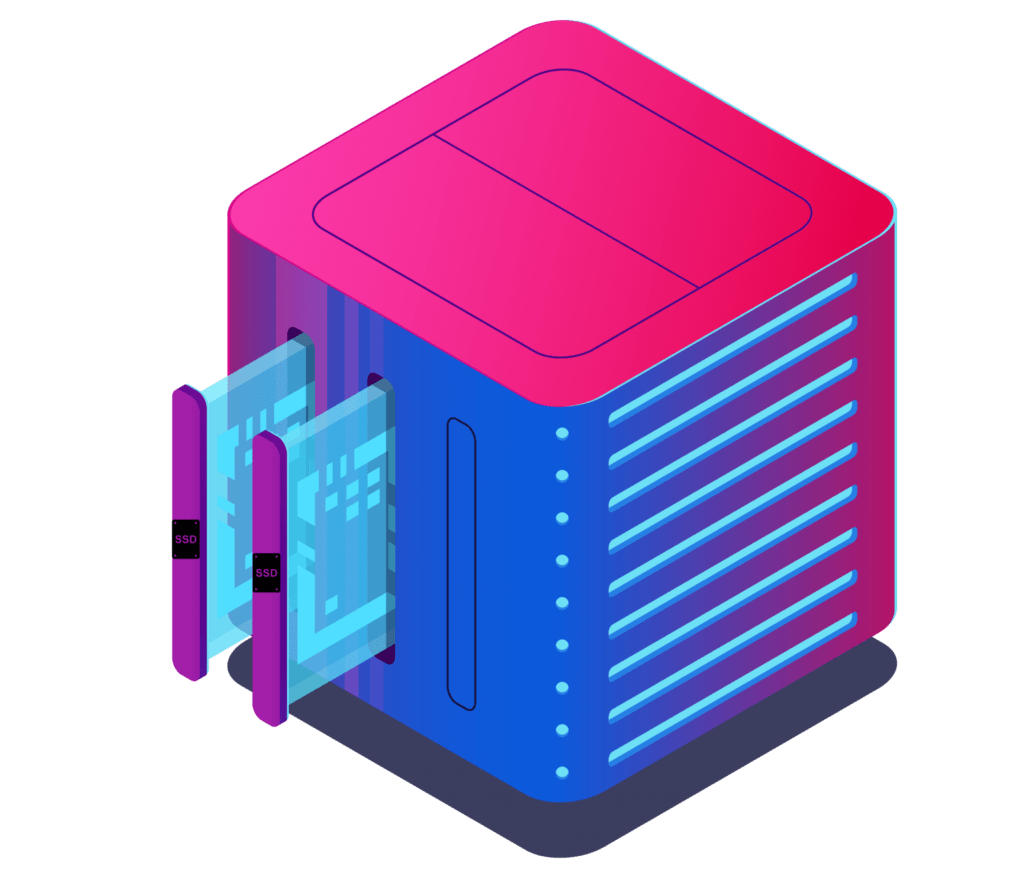
img source: anikahosting.com
The type of hosting you choose affects certain performance factors of your website, including its SEO.
Shared hosting is ideal for small companies that do not have to deal with a lot of customer or user data. It has a low maintenance cost and requires a minimum amount of technical skills to manage. However, given that the resources are shared, shared hosting is more vulnerable to different security risks.
Dedicated hosting, on the other hand, is perfect for large businesses or companies that deal with a lot of user data. They are more secure, and you can utilize all the available resources as you like since no one else will be sharing them with you. Setup and maintenance costs, however, are quite high for this type of hosting.
Irrespective of the type of hosting you get (depending on the size of your business or company), it must be available to you on SSD hosting.
Compared to traditional storage systems, SSDs are 300 percent faster. They are also more reliable in terms of performance and efficiency since there are no moving parts inside them like in HDDs. SDDs can process user requests a lot faster too, which ensures better performance of your website.
Check out verpex.com to see what type of hostings they offer.
#2 Secure Website Data and Ensure Regular Backups
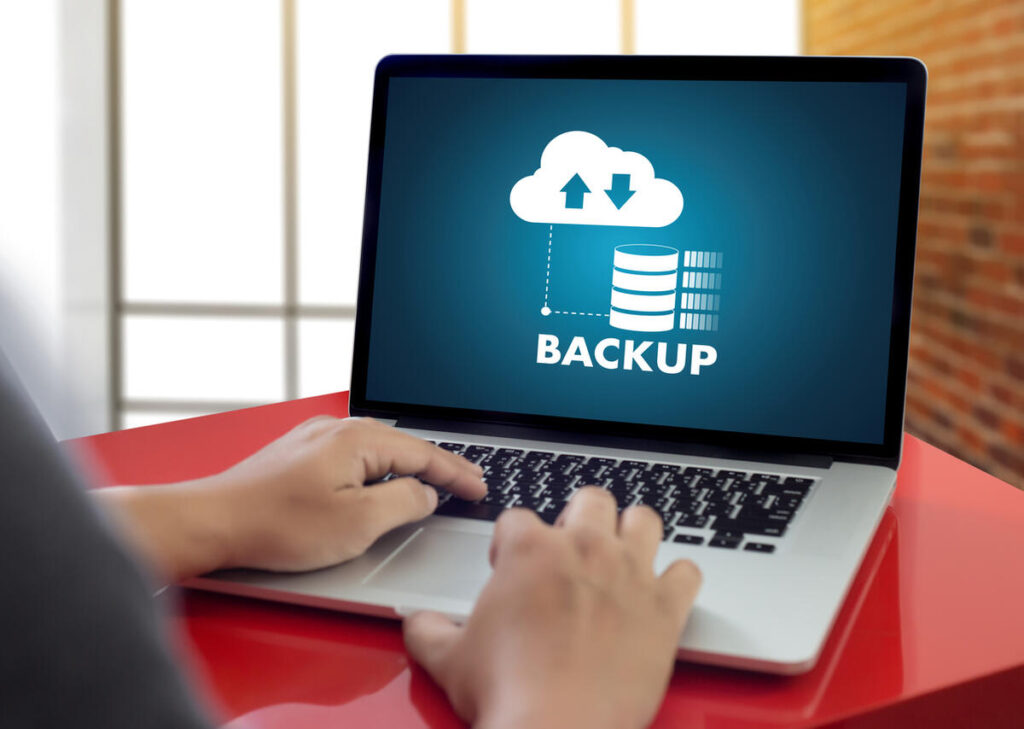
img source: techrepublic.com
You need to prepare your website against all sorts of security threats. At the same time, you have to make sure that you are backing up user data every once in a while to the cloud or any other offsite backup storage. At the time of a security breach, you must have the capabilities to isolate your user data and information, keep your email system safe, and prevent hackers from accessing your employees’ records.
Having a dedicated team to do all these things can be quite expensive, especially if you are a new or small business. Hence, you should consider outsourcing it to a different IT company. Midgard IT, for instance, is one such company that can cater to all those requirements, and more.
Such IT companies deal with different private as well as government clients and have a highly skilled staff that can attend to all your IT needs. Have them set up the required security and backup measures so that you do not have to worry about such security issues.
#3 Use a CMS If You are Uploading New Content Daily
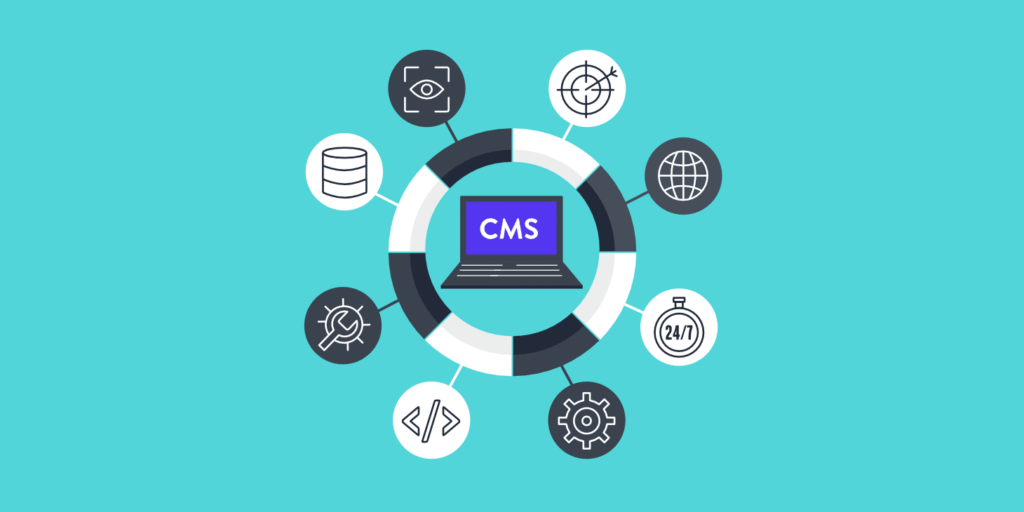
img source: kinsta.com
Most websites these days are built using some sort of CMS – Content Management System – platform. Compared to hard-coded websites, CMS-based ones are easier to manage and more flexible. Besides, there is no better alternative to these systems if you want to upload or update the content on your website daily.
WordPress is the most popular choice when it comes to CMS-based websites. 35 percent of all websites on the internet use this CMS. Then you have Drupal, and Joomla, which are just as good. WooComemrce is the perfect CMS if you are running an eCommerce website.
Currently, Wix is gaining popularity and is competing directly against WordPress.
Certain CMS platforms will allow you to use special hosting facilities. For instance, you can use the WordPress hosting option if your website is built using this platform.
The real benefit of using a CMS is the wide range of plugins and extensions that you can integrate into your website. Not only do they make life easier for you, but these plugins ensure better performance as well.
#4 Bootstrap is Still the Best Framework for Responsive Web Design
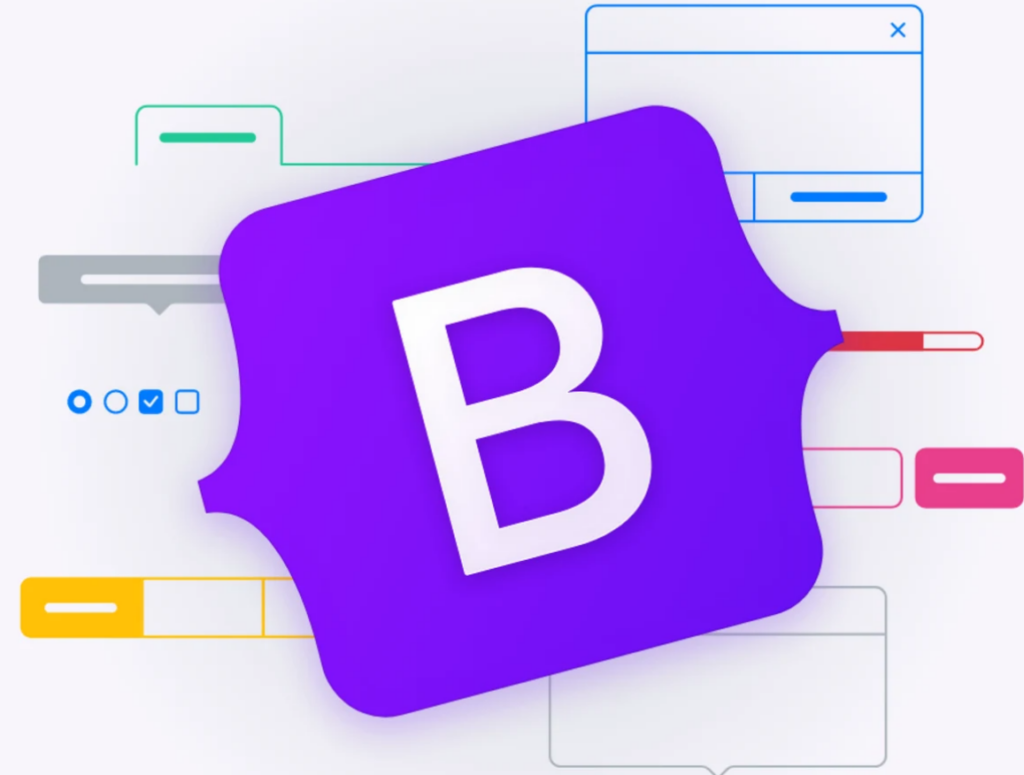
img source: cloudinary.com
A CMS is the best choice if you are making a dynamic website. For static ones, HTML/CSS-coded websites will work. However, you still need to ensure a responsive design for maximum effectiveness and performance, and for that, Bootstrap should be your ideal choice.
In its latest version, v5.0, Bootstrap has brought in a lot of new features in its latest release but has dropped quite a few as well. For starters, Bootstrap 5.0 has removed jQuery as a dependency. Thanks to better front-end technologies, it no longer needs to rely on jQuery, at least not for the time being.
5.0 also dropped Internet Explorer 10 and 11, but that does not come as much of a shocker, given how these browsers are not that popular.
And no matter how different it is from the old v4.6, the migration to the 5.0 is fairly simple. However, you should give it some time before you start working with the 5.0, given that browser support might still be an issue in some cases.
#5 Single-Page Websites are Still Popular
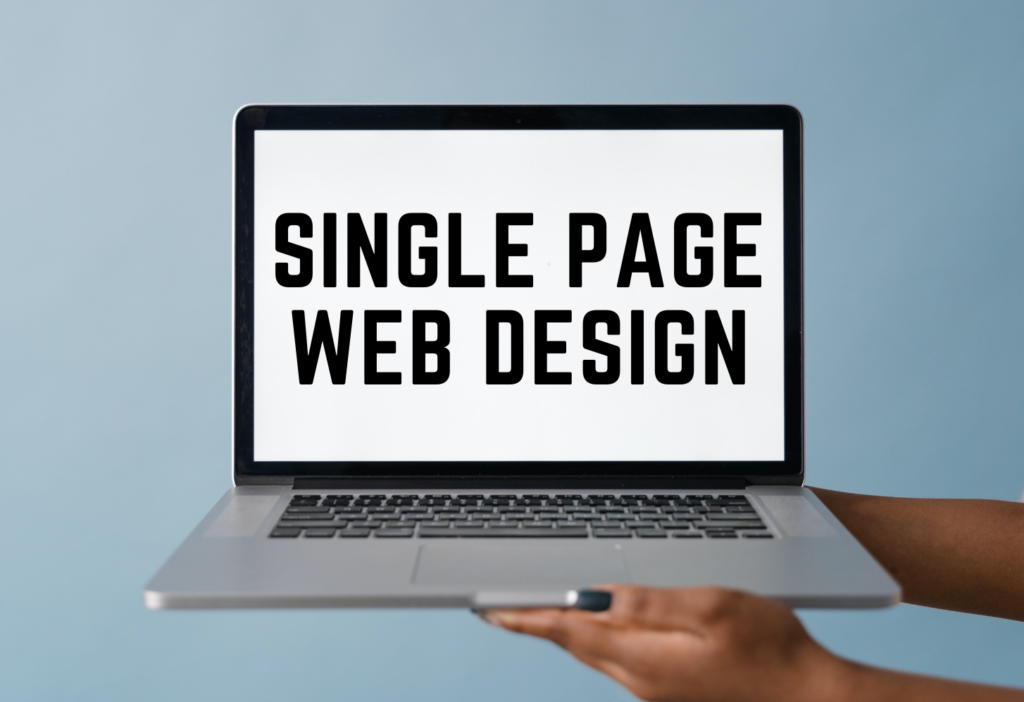
img source: logicdesign.co.uk
Somewhere between 2018-19, the trend of single-page websites took off. And ever since then, they have continued to dominate the internet with their presence.
Initially, only landing pages were making use of this single-page layout. However, personal and business websites are also utilizing this layout nowadays.
Making a single-page website is technically easy, but you have to get very creative with your text and visuals. You can stuff all the things on a regular website into a single page, but that will not do. To make the most of the single-page layout, you need to organize your text and visuals and set up your CTA section more efficiently.
However, you cannot go far with single-page layouts if you are running an eCommerce website. In that case, you have to make do with the usual layouts. The one-page layout will only work if you are trying to deliver a single message, or present a single product or business.
These five details will ensure a safe and efficient website, which will complement its design and user experience. So be sure to keep them in mind while working on your business or company website.


